.jpg)
.png)
A perfectly straight back? That's pretty rare!
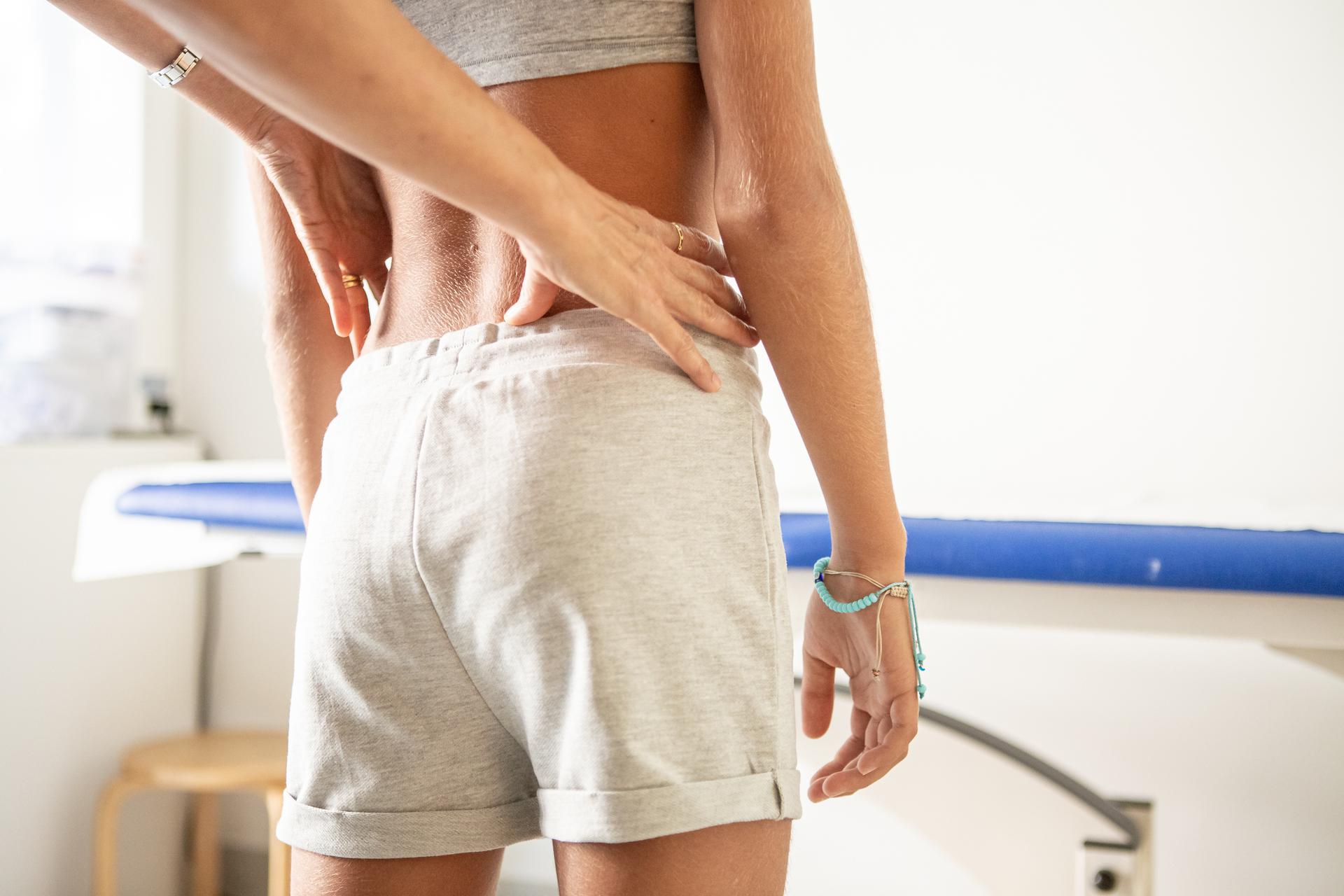
It is probably as rare to have a perfectly straight spine and a perfectly symmetrical trunk as it is to have scoliosis.
I often tell my patients that "we don't all come out of the same mould", in order to explain, in simple terms, that everyone of us presents some (more or less visible) physical asymmetries.
Think of the different parts of the body that we have two of. If we were to measure the precise length and size of our hands, feet, arms and legs, we would almost certainly find they show some minor differences.

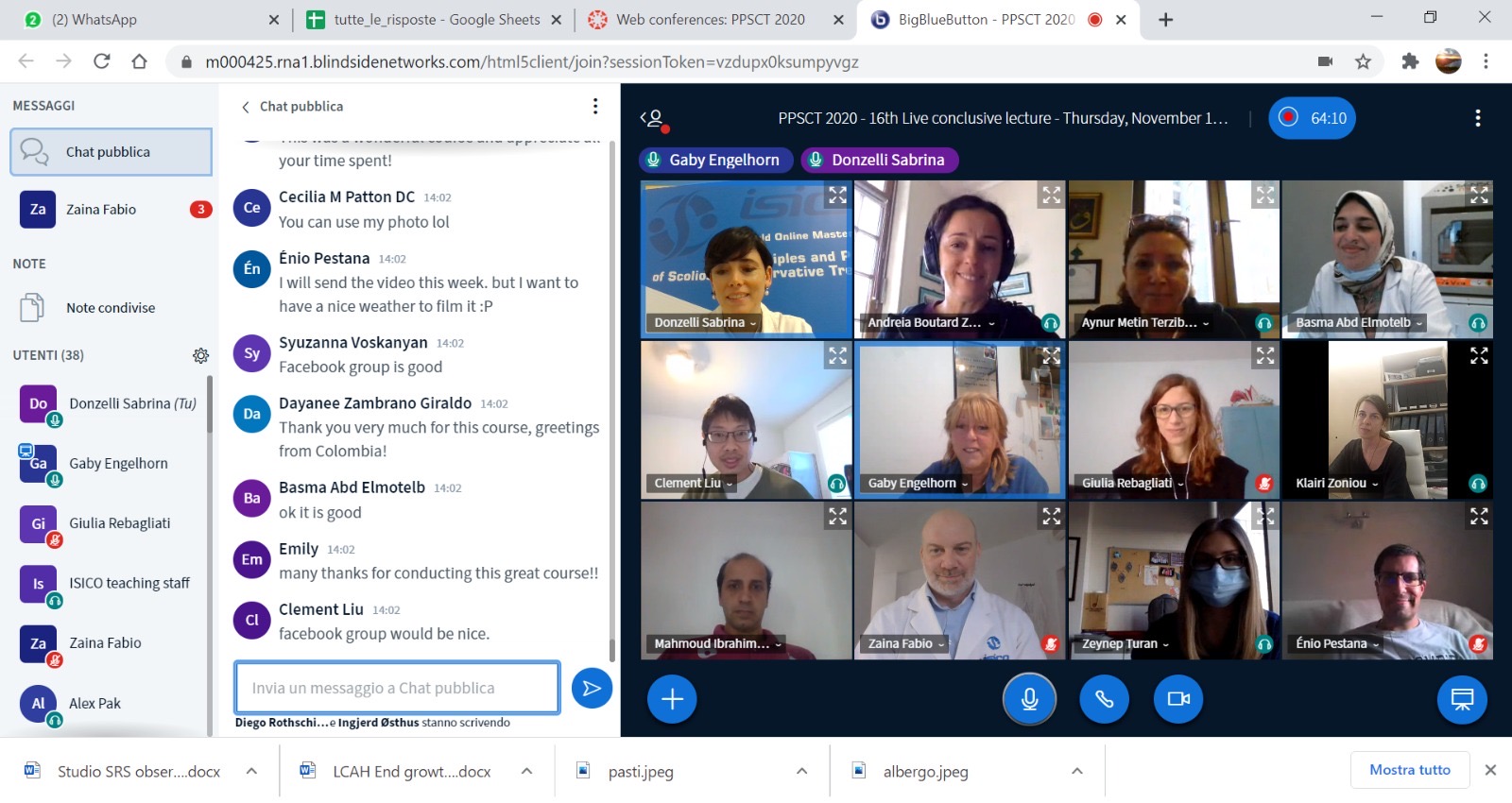
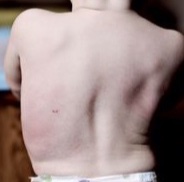
The final lecture closed the
Online Master 2020
Our international online Master 2020 edition has reached its last session, while registrations are open for 2021 edition, please visit www.scoliosismaster.org for more infos.
The Online Master 2020 started in January and for the first time in a double edition, English and Chinese.
The last live lecture has been given together by the 3 teachers who perform...
Isico involved in a research project: brace vs plaster cast
An international project involving clinical centres in 40 countries in the US, Canada, Europe and Asia has just started.
Target? A comparison between the use of plaster casts and braces in the treatment of infantile scoliosis.
Isico is one of the centres involved, thus representing Italy, expressly invited given the clinical and research experience gained over the years.

Donzelli's lecture at the SRS-Sosort webinar
In November Dr Sabrina Donzelli, physiatrist in Isico, gave a lecture on "Current Practice Guidelines and Consensus for Bracing for Adults and Adolescents" during the webinar organised by Scoliosis Research Society and SOSORT.
"The webinar provided a systematic analysis of the current evidence and practice guidelines for non-operative management of patients with a spinal deformity for both adolescents and adults - explains dr Donzelli - there was also an update on the status of scoliosis specific exercises including the evidence, guidelines, and strategies for implementation. In this period, it is certainly an excellent online training opportunity for those dealing with spinal pathologies ".
For those who were unable to join the live webinar, follow this link for the recording given available.
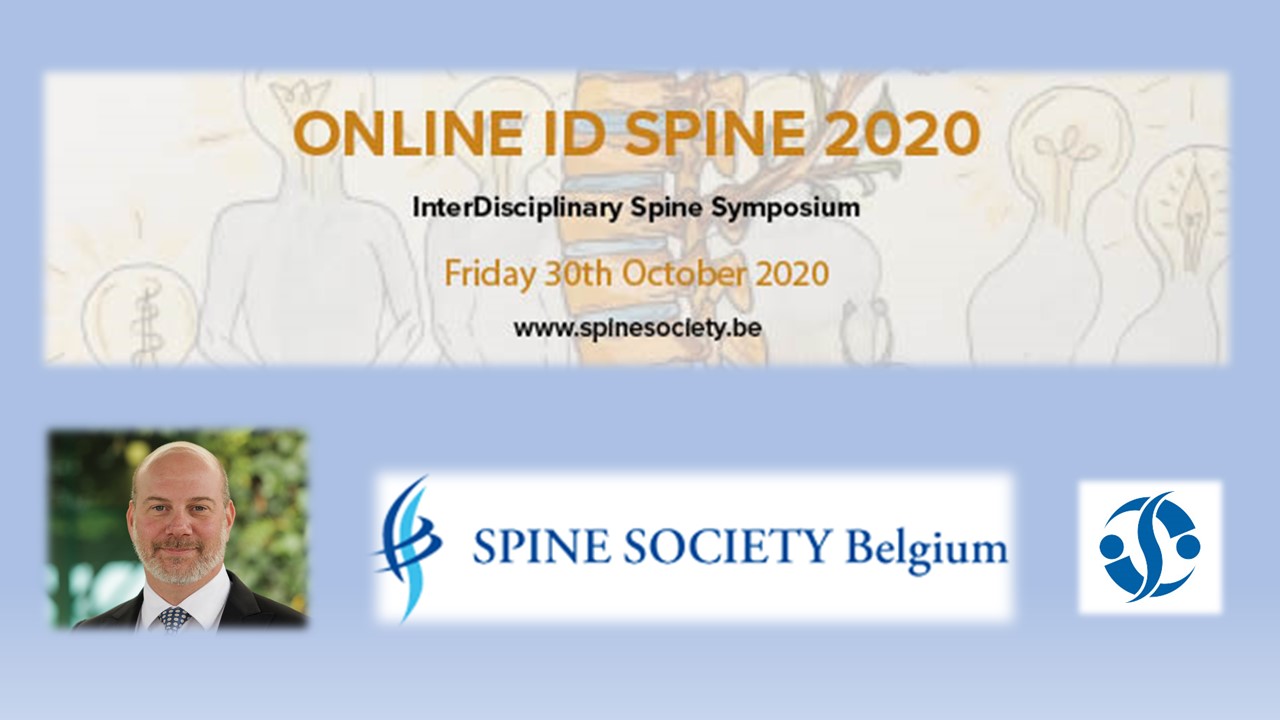
Dr Zaina on line at Spine Symposium Belgium
Dr Fabio Zaina, a physiatrist in Isico, was giving a lecture in October at the 1st online Interdisciplinary Spine Symposium - ID Spine 2020 organised by the Spine Society Belgium. The lecture was about "Conservative treatment of adult deformities" included in the section titled "Controversies in Surgical and Conservative Treatment of Low Back Pain".
Spine Society Belgium originated from the desire to actively bring together scientific and practical knowledge concerning the treatment of spine pathology to develop further cooperation.

Moldova, scoliosis open-air !
In Moldova, where an Isico clinic is active, a scoliosis awareness project has started including some of the most important schools in the country.
Open-air exhibitions were organized, and various informative material was distributed as well, including bookmarks with the illustrations of the species of the animal kingdom, used among others in the exhibition.
The promotion is also supported by the collaboration with one of the most influential television presenters in the country, Mrs Lilu Ojovan.

Why do the hours of brace wearing need to be continuous?
The first reason, as shown in a published study, is that it takes at least two hours, once the brace has been put on, for the spine to reach the desired correction. This means that we have to consider not only the brace-free hours in a day, but also the hours taken to return to full correction inside the brace when it is put back on. Therefore, even though the total number of hours with the brace on is the same, the treatment may be less effective on days when frequent breaks are taken.
The second reason is that it feels good when you take your brace off (even young children soon learn this!), but putting it back on is far less pleasant, so patients tend to procrastinate, dawdling in the shower, taking a little bit longer to finish a phone call, or staying out late with friends for example.
But in is way, their brace-free hours add up without them really realising it. And if they get into the habit of doing this in the course of the day, it will become more and more difficult for them to comply with their doctor's directions.

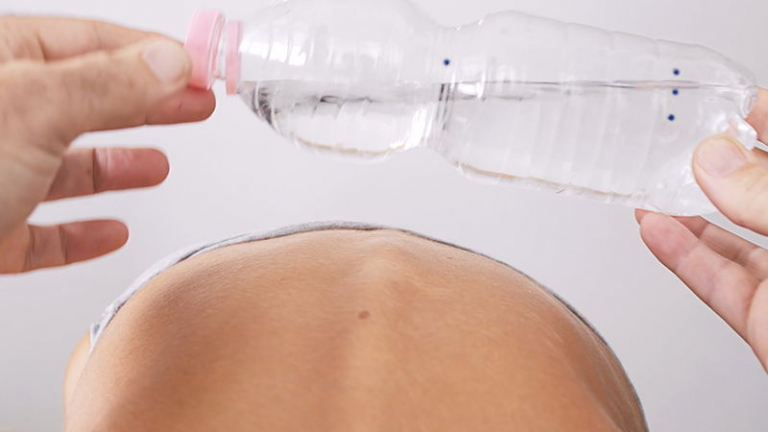
Message in a bottle: an Isico research
Isico's study, "Torsion bottle, a very simple, reliable, and cheap tool for a basic scoliosis screening", published by Scoliosis and Spinal Disorders, demonstrates how and why scoliosis can be identified using a bottle of water.
"One of the reasons that make scoliosis a disease that scares so much the parents, is its specific characteristic ...

Quality of life of adolescent idiopathic scoliosis patients under brace treatment: a brief communication of literature review
Huan Wang, Daniel Tetteroo, J J Chris Arts, Panos Markopoulos, Keita Ito
Qual Life Res., 2020 Oct 24., doi: 10.1007/s11136-020-02671-7

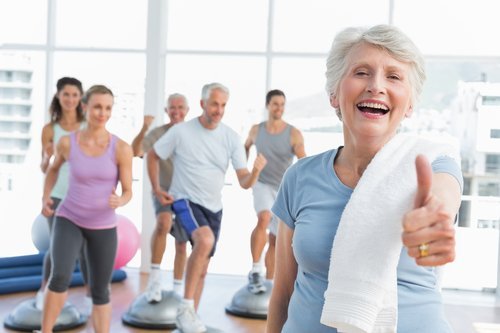
Physical activity in adults with scoliosis: what and how much?
Exercise, in a general sense, helps to relieve pain, improve functionality and improve quality of life: and these are the real objectives. A healthy back, which does not necessarily mean a straight back, is one that is capable of withstanding the stresses of everyday life.
Furthermore, when you have scoliosis, it is especially important to train the muscles that support the spine, so as to stabilise it...


- September 9 - December 31 - SRS 55th Annual Meeting | ONLINE
- July 6 - December 31 - SRS 27th International Meeting on
Advanced Spine Techniques (IMAST) | ONLINE